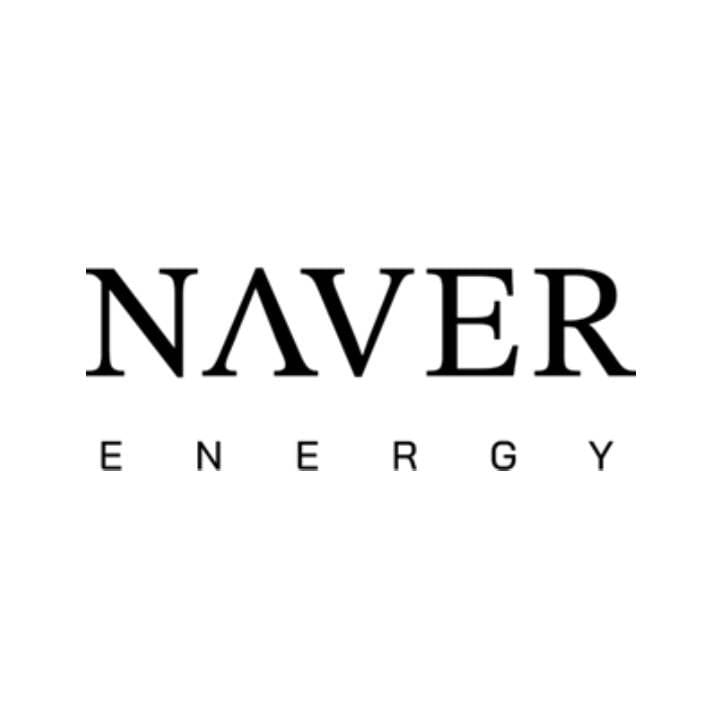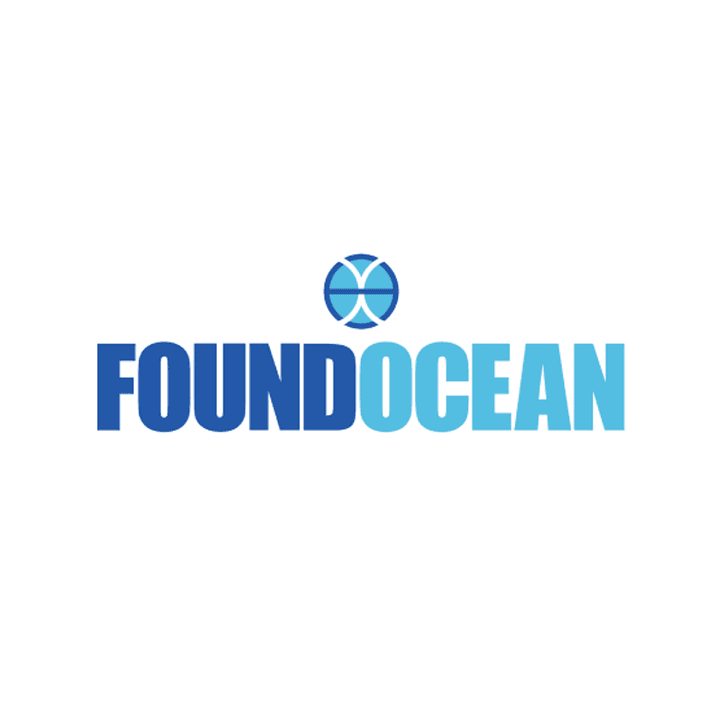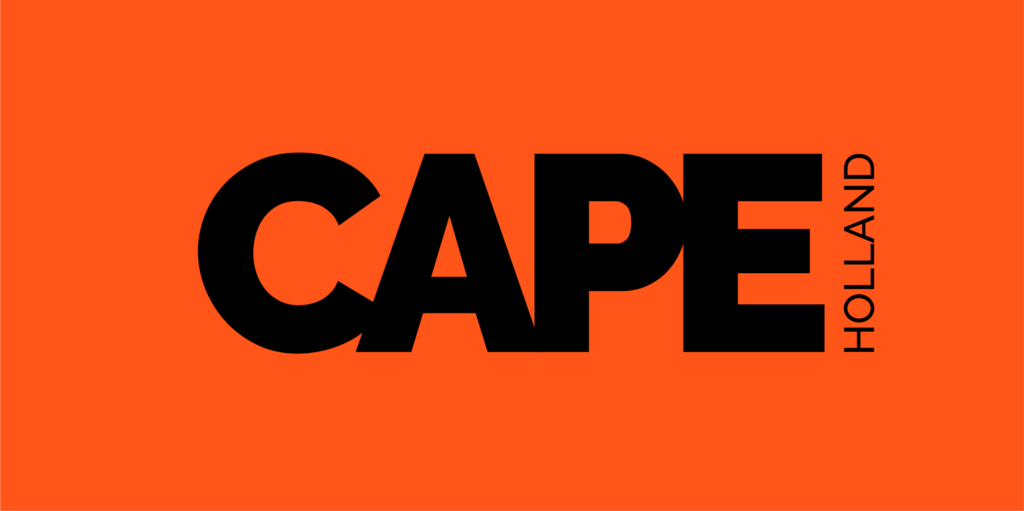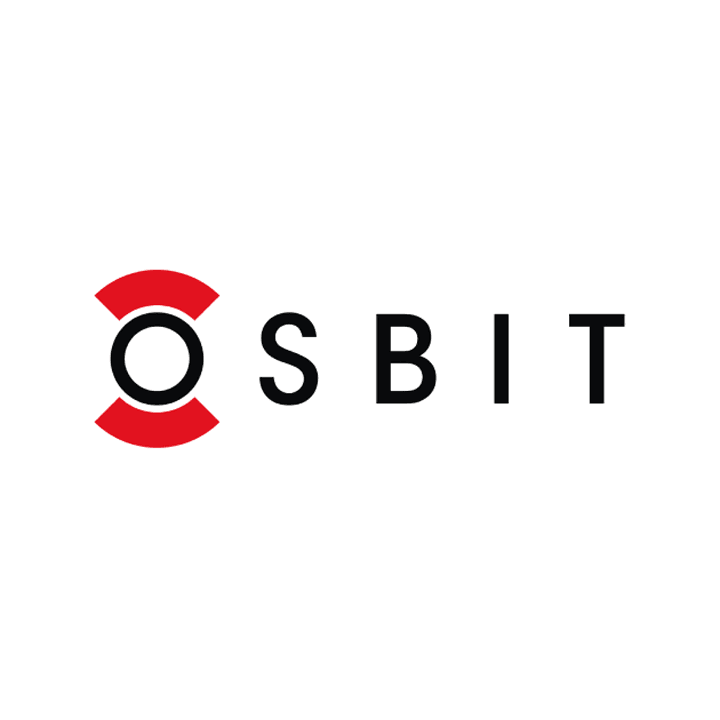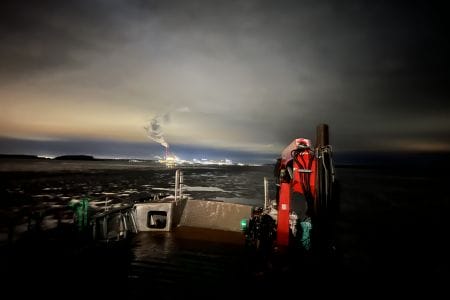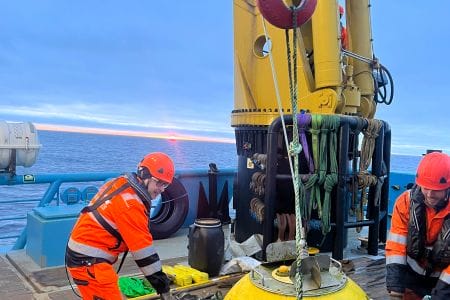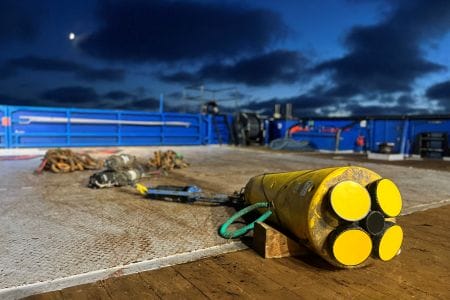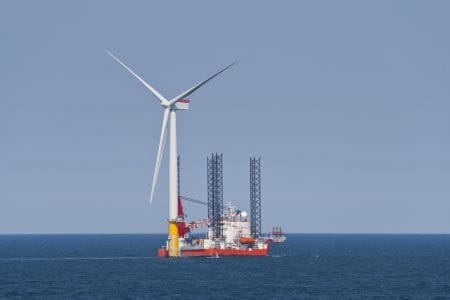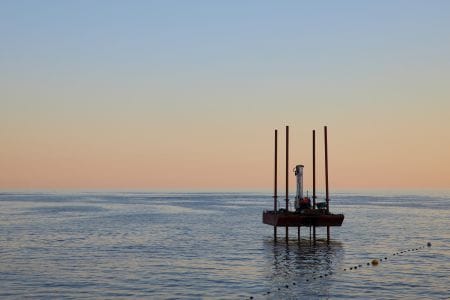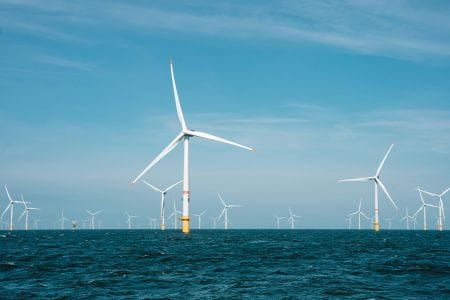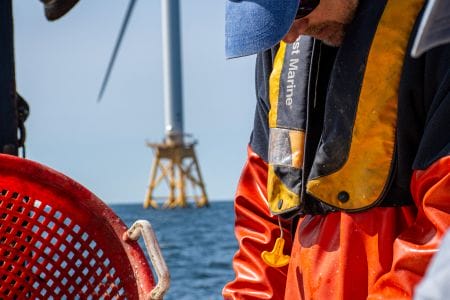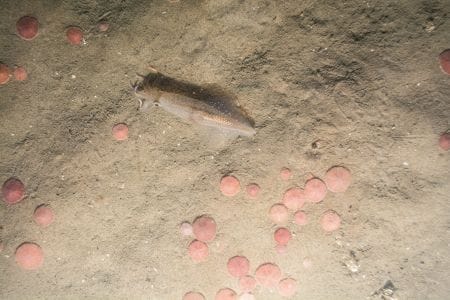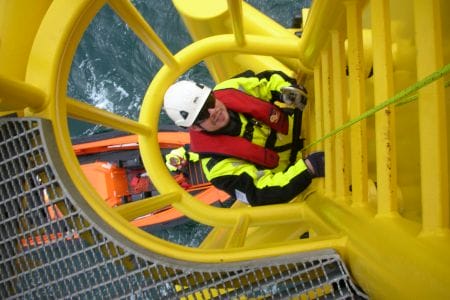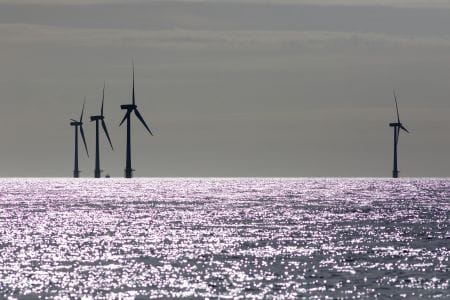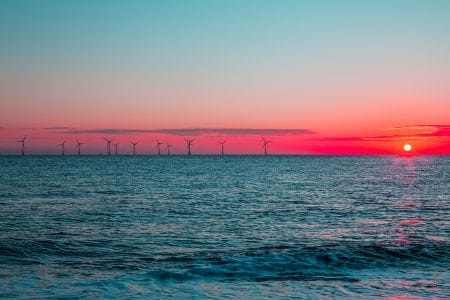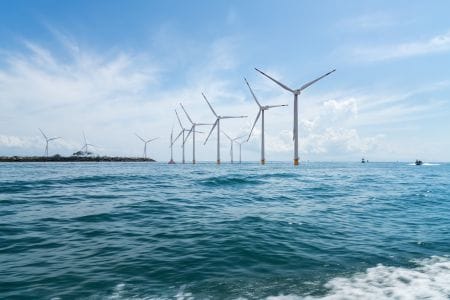Share this page :
Re-engineering what it means to be an engineer
By Sam Cressall, Research Engineer, Partrac - Venterra Group

As I have progressed through my engineering career, nearing the completion of my engineering doctorate, I have experienced the challenge and importance associated with delivering wholistic solutions. Since moving into offshore wind, I have seen firsthand the importance of tackling the complex and challenging nature of engineering challenges at an industrial scale.
This year’s This is Engineering theme challenges us to ‘re-engineer what it means to be an engineer’, so it feels like a good moment to reflect on that shift. Because the role is changing. Engineers are no longer just expected to build things: they’re also expected to ask better questions, communicate clearly, and connect our work to real-world outcomes.
That’s something I’ve experienced firsthand while working on V-LiDAR. It’s the world’s most advanced floating LiDAR buoy, developed by Venterra Group companies Partrac and Osbit to enable safe, reliable and robust wind measurement for offshore wind site characterisation. V-LiDAR collects high-frequency, real-time data with greater accuracy and reliability, with safe and efficient handling at the forefront of the design philosophy.
For me, one of the most valuable parts of the project wasn’t the tech itself. It was the way we worked. I had the opportunity to collaborate with experts from across Venterra Group, including geoscientists, software developers, and operations specialists, while also contributing my own expertise in wind resource analysis and lidar technology. The role offers me a unique insight into how multidisciplinary teams function, being greater than the sum of their parts.
Within the V-LiDAR project, I have tested ideas, challenged assumptions, and contributed to decisions that improved the product. That kind of environment makes a huge difference, especially early in your career. I’ve also learned how important it is to make complex ideas understandable. Whether it’s through visuals, prototypes, conferences, or journal papers - clarity helps teams move faster and make better choices. It helps engineers connect their work to the broader picture.
The energy transition is one of the biggest challenges of our time. It’s going to take more than clever designs to deliver it. It’s going to take engineers who are ready to think differently, and organisations that give them the space to do it.
That’s the kind of engineering I'm excited to be surrounded by.

